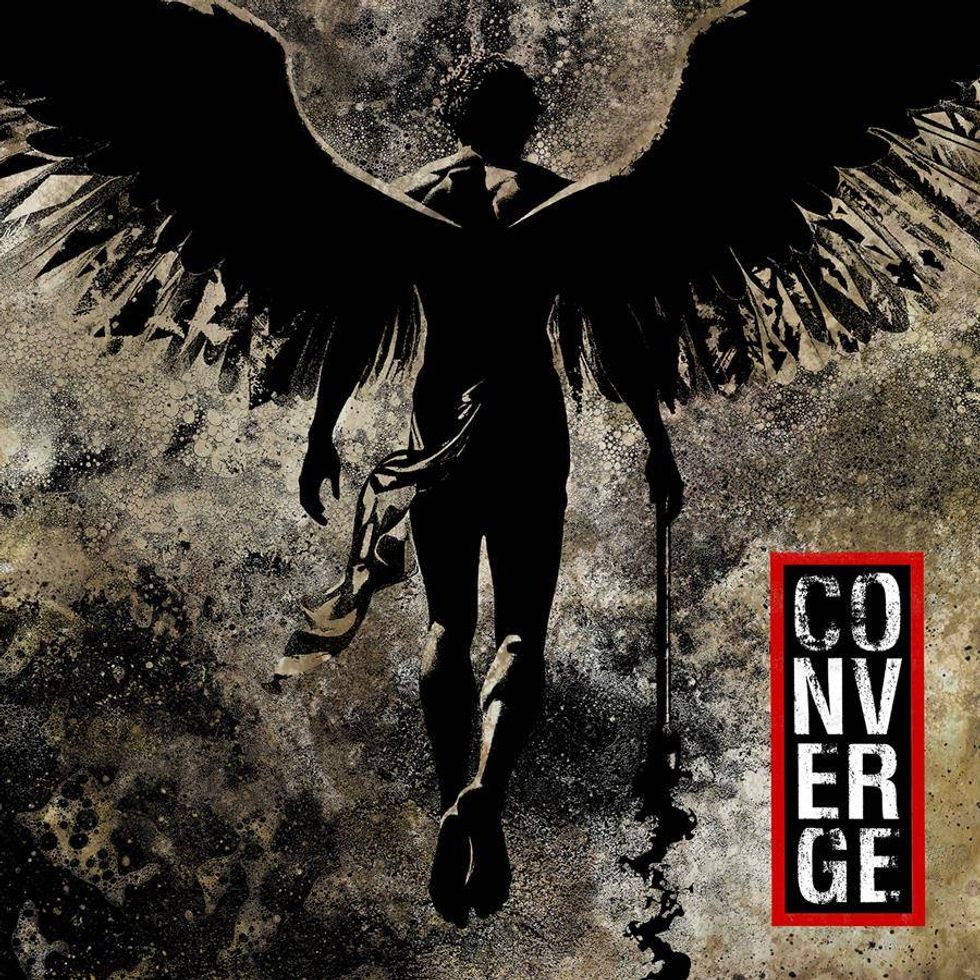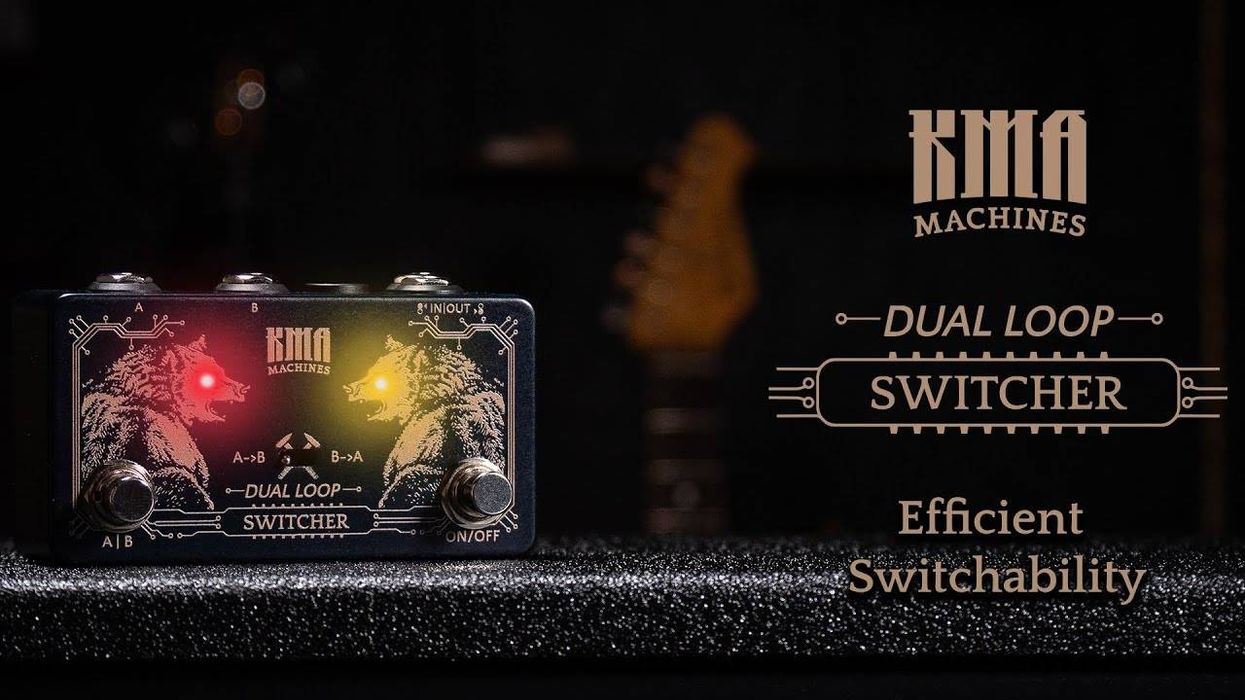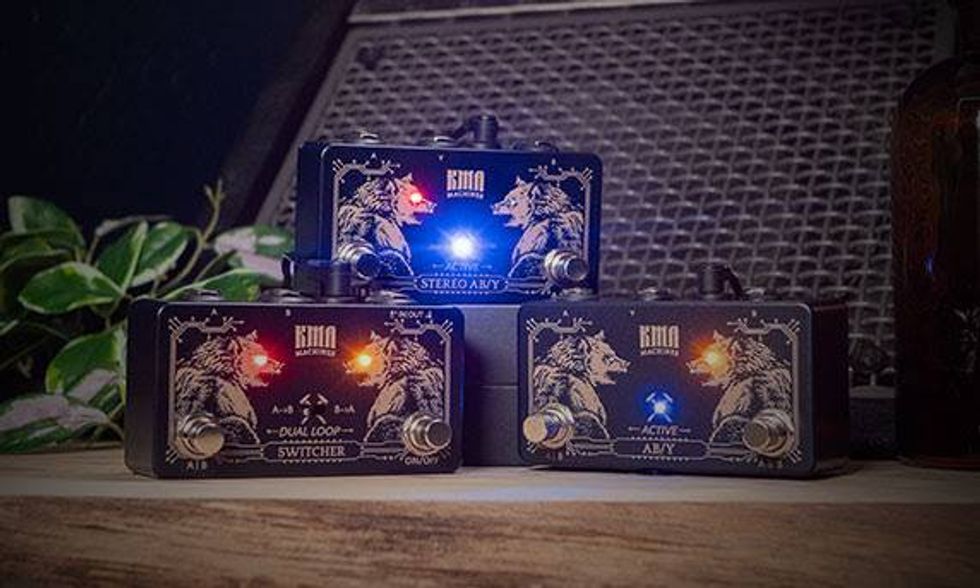David Gilmour's first album in nine years, Luck and Strange, will be released on September 6, 2024, featuring the first track "The Piper's Call."
Luck and Strange was recorded over five months in Brighton and London. The record was produced by David and Charlie Andrew, best known for his work with ALT-J and Marika Hackman.
Of this new working relationship, David says, “We invited Charlie to the house, so he came and listened to some demos, and said things like, “Well, why does there have to be a guitar solo there?” and “Do they all fade out? Can’t some of them just end?”. He has a wonderful lack of knowledge or respect for this past of mine. He’s very direct and not in any way overawed, and I love that. That is just so good for me because the last thing you want is people just deferring to you.”
David Gilmour - The Piper's Call (Official Music Video)
The majority of the album’s lyrics have been composed by Polly Samson, Gilmour’s co-writer and collaborator for the past thirty years. Samson says of the lyrical themes covered on ‘Luck and Strange’, “It’s written from the point of view of being older; mortality is the constant.” Gilmour elaborates, “We spent a load of time during and after lockdown talking about and thinking about those kind of things.” Polly has also found the experience of working with Charlie Andrew liberating, “He wants to know what the songs are about, he wants everyone who’s playing on them to have the ideas that are in the lyric informing their playing. I have particularly loved it for that reason.”
The album features eight new tracks along with a reworking of The Montgolfier Brothers’ Between Two Points and has artwork and photography by the renowned artist Anton Corbijn.
Musicians contributing to the record include Guy Pratt & Tom Herbert on bass, Adam Betts, Steve Gadd and Steve DiStanislao on drums, Rob Gentry & Roger Eno on keyboards with string and choral arrangements by Will Gardner. The title track also features the late Pink Floyd keyboard player Richard Wright, recorded in 2007 at a jam in a barn at David’s house.
Some contributions emerged from the live streams that Gilmour and family performed to a global audience during the lockdowns of 2020 and 2021; Romany Gilmour sings, plays the harp and appears on lead vocals on ‘Between Two Points’. Gabriel Gilmour also sings backing vocals.
The album’s cover image, photographed and designed by Anton Corbijn, is inspired by a lyric written by Charlie Gilmour for the album’s final song "Scattered". Of working with his family on Luck and Strange, David says, “Polly and I have been writing together for over thirty years and the Von Trapped live streams showed the great blend of Romany’s voice and harp-playing and that led us into a feeling of discarding some of the past that I’d felt bound to and that I could throw those rules out and do whatever I felt like doing, and that has been such a joy.”
Luck and Strange will be released on September 6, 2024 on Sony Music.
For more information, please visit davidgilmour.com.
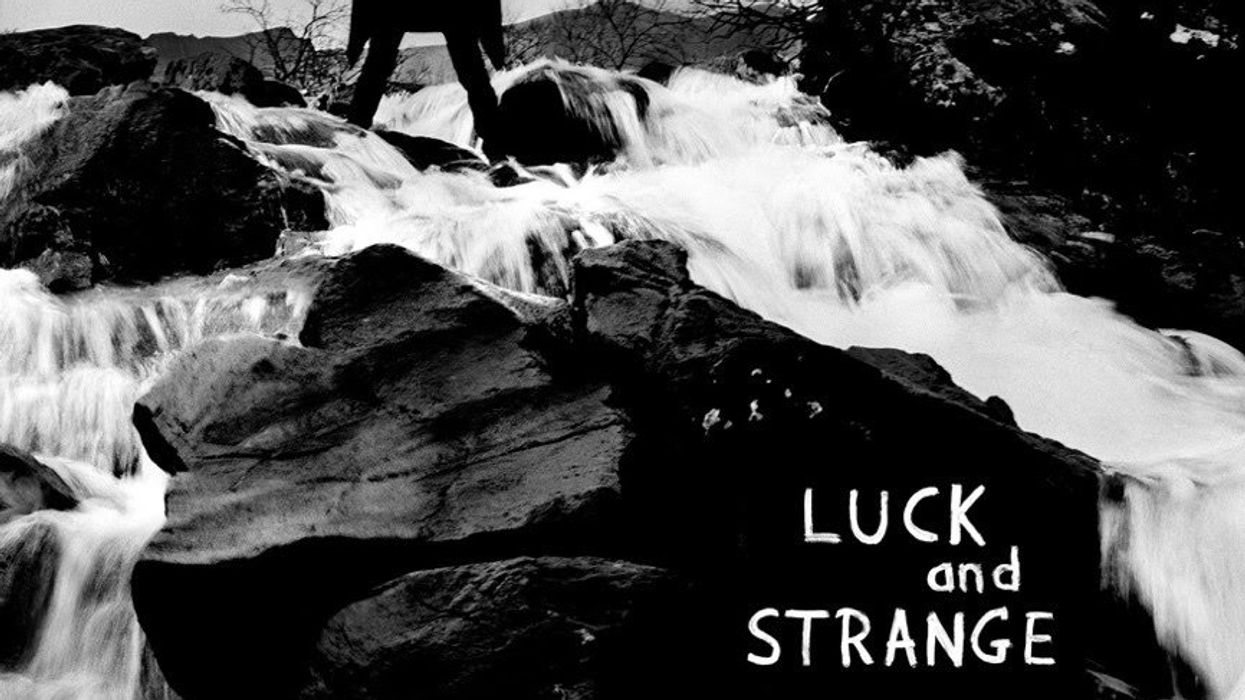
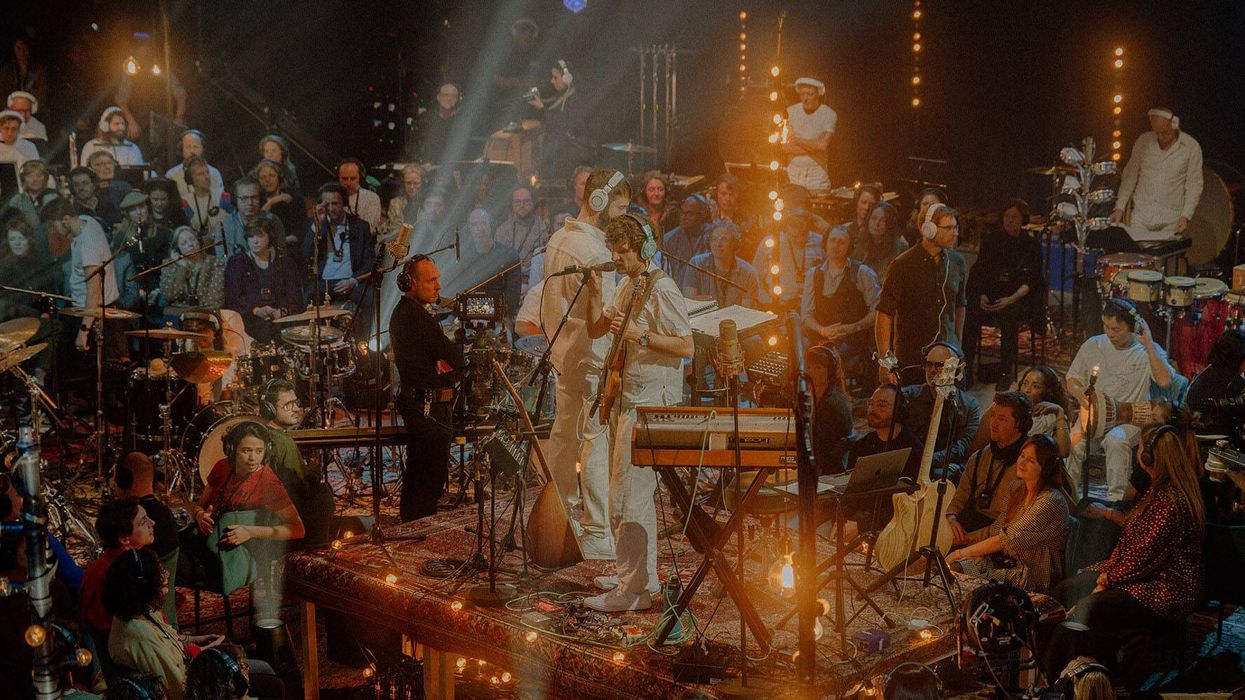
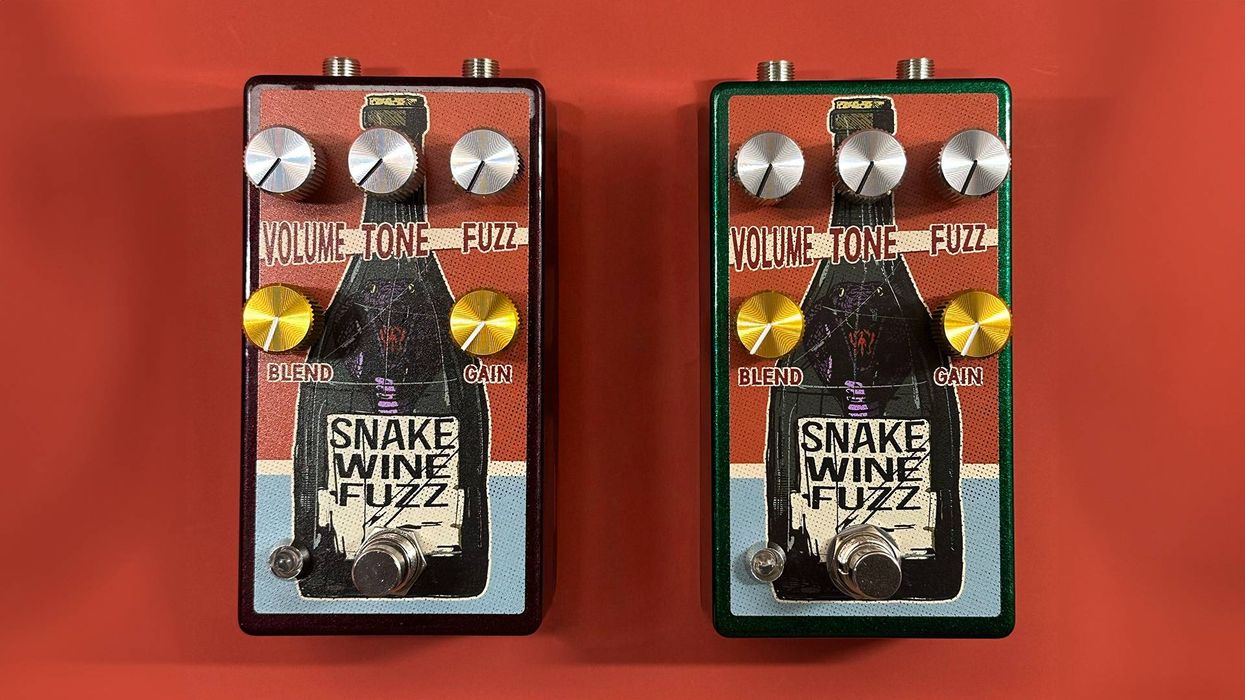








![Devon Eisenbarger [Katy Perry] Rig Rundown](https://www.premierguitar.com/media-library/youtube.jpg?id=61774583&width=1245&height=700&quality=70&coordinates=0%2C0%2C0%2C0)


